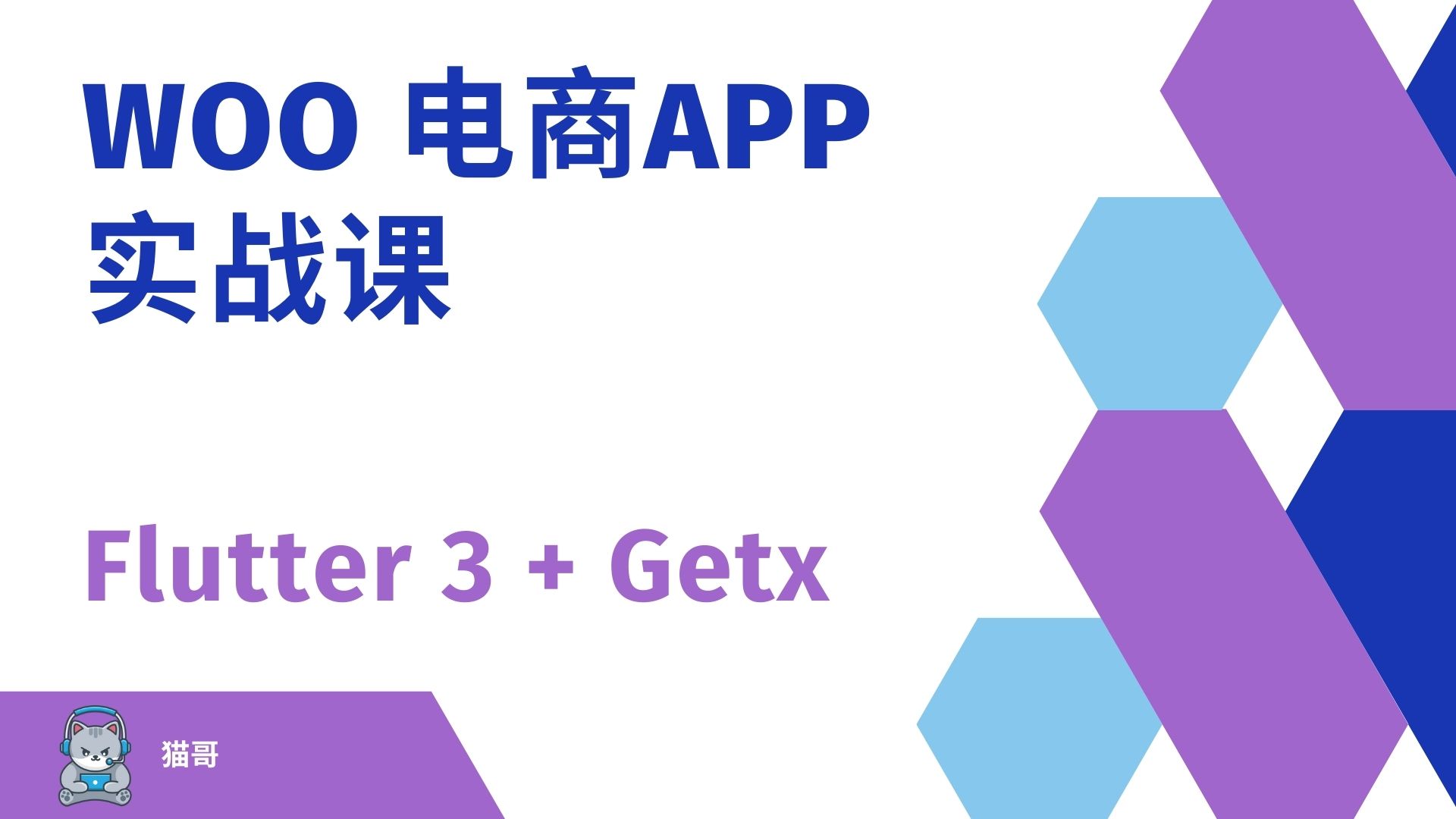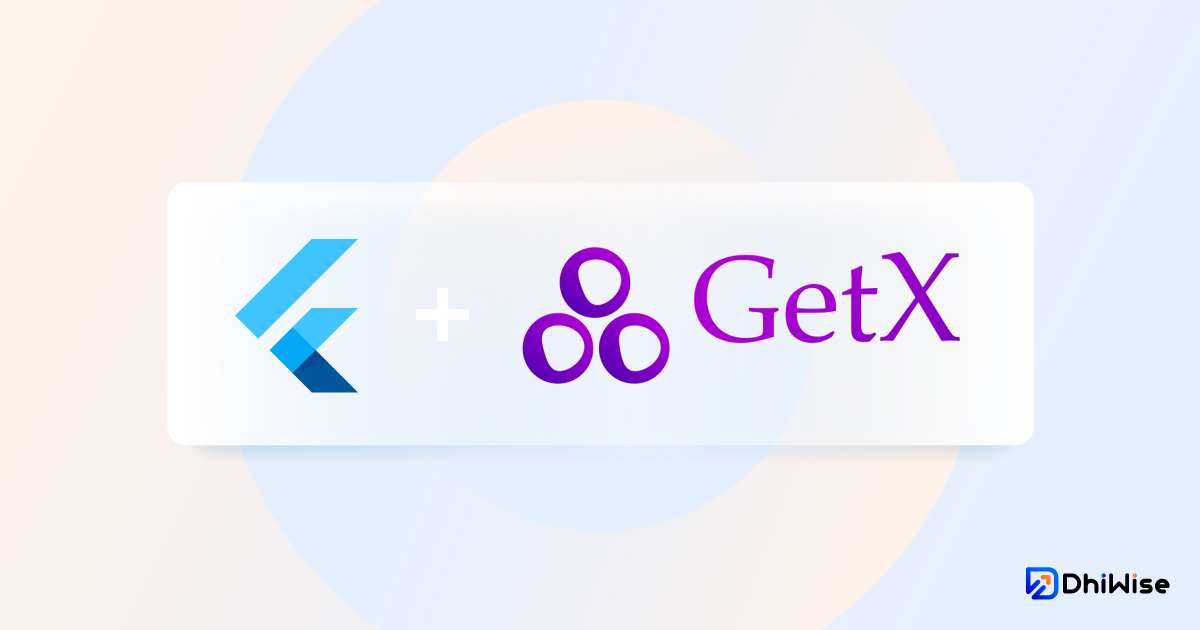7.2 读取用户资料&缓存
实现步骤:
第 1 步:常量定义
lib/common/values/constants.dart
1
2
3
4
5
6
|
class Constants {
...
static const storageToken = 'token';
static const storageProfile = 'profile';
}
|
storageToken 登录成功后 token
storageProfile 用户资料缓存
第 2 步:登录请求 model
lib/common/models/woo/request/user_login.dart
1
2
3
4
5
6
7
8
9
10
11
12
13
14
15
16
17
18
19
20
21
22
|
class UserLoginReq {
String? username;
String? password;
UserLoginReq({
this.username,
this.password,
});
factory UserLoginReq.fromJson(Map<String, dynamic> json) {
return UserLoginReq(
username: json['username'] as String?,
password: json['password'] as String?,
);
}
Map<String, dynamic> toJson() => {
'username': username,
'password': password,
};
}
|
第 3 步:登录 token 模型
lib/common/models/user_token.dart
1
2
3
4
5
6
7
8
9
10
11
12
13
14
15
16
17
18
|
class UserTokenModel {
String? token;
UserTokenModel({
this.token,
});
factory UserTokenModel.fromJson(Map<String, dynamic> json) {
return UserTokenModel(
token: json['token'] as String?,
);
}
Map<String, dynamic> toJson() => {
'token': token,
};
}
|
第 4 步:用户资料 model
直接复制返回 json

生成model 类 lib/common/models/woo/user_profile_model

用不同的目录进行区分, request response 的模型
第 5 步:api 编写
lib/common/api/user.dart
1
2
3
4
5
6
7
8
9
10
11
12
13
14
15
16
17
18
19
20
21
|
class UserApi {
...
static Future<UserTokenModel> login(UserLoginReq? req) async {
var res = await WPHttpService.to.post(
'/users/login',
data: req,
);
return UserTokenModel.fromJson(res.data);
}
static Future<UserProfileModel> profile() async {
var res = await WPHttpService.to.get(
'/users/me',
);
return UserProfileModel.fromJson(res.data);
}
}
|
第 6 步:用户服务类
lib/common/services/user.dart
1
2
3
4
5
6
7
8
9
10
11
12
13
14
15
16
17
18
19
20
21
22
23
24
25
26
27
28
29
30
31
32
33
34
35
36
37
38
39
40
41
42
43
44
45
46
47
48
49
50
51
52
53
54
55
56
57
58
59
60
61
62
63
64
65
66
67
68
69
70
71
72
73
74
75
76
| import 'dart:convert';
import 'package:get/get.dart';
import '../index.dart';
class UserService extends GetxService {
static UserService get to => Get.find();
final _isLogin = false.obs;
String token = '';
final _profile = UserProfileModel().obs;
bool get isLogin => _isLogin.value;
UserProfileModel get profile => _profile.value;
bool get hasToken => token.isNotEmpty;
@override
void onInit() {
super.onInit();
token = Storage().getString(Constants.storageToken);
var profileOffline = Storage().getString(Constants.storageProfile);
if (profileOffline.isNotEmpty) {
_profile(UserProfileModel.fromJson(jsonDecode(profileOffline)));
}
}
Future<void> setToken(String value) async {
await Storage().setString(Constants.storageToken, value);
token = value;
}
Future<void> getProfile() async {
if (token.isEmpty) return;
UserProfileModel result = await UserApi.profile();
_profile(result);
_isLogin.value = true;
Storage().setString(Constants.storageProfile, jsonEncode(result));
}
Future<void> setProfile(UserProfileModel profile) async {
if (token.isEmpty) return;
_isLogin.value = true;
_profile(profile);
Storage().setString(Constants.storageProfile, jsonEncode(profile));
}
Future<void> logout() async {
await Storage().remove(Constants.storageToken);
_profile(UserProfileModel());
_isLogin.value = false;
token = '';
}
Future<bool> checkIsLogin() async {
if (_isLogin.value == false) {
await Get.toNamed(RouteNames.systemLogin);
return false;
}
return true;
}
}
|
第 7 步:注册 UserService 服务
lib/global.dart
1
| Get.put<UserService>(UserService());
|
第 8 步:登录请求
lib/pages/system/login/controller.dart
1
2
3
4
5
6
7
8
9
10
11
12
13
14
15
16
17
18
19
20
21
22
23
24
|
Future<void> onSignIn() async {
if ((formKey.currentState as FormState).validate()) {
try {
Loading.show();
UserTokenModel res = await UserApi.login(UserLoginReq(
username: userNameController.text,
password: passwordController.text,
));
await UserService.to.setToken(res.token!);
await UserService.to.getProfile();
Loading.success();
Get.back(result: true);
} finally {
Loading.dismiss();
}
}
}
|
第 9 步:HTTP 头加入 token 认证
lib/common/services/wp_http.dart
1
2
3
4
5
6
7
8
9
10
11
12
13
|
class RequestInterceptors extends Interceptor {
@override
void onRequest(RequestOptions options, RequestInterceptorHandler handler) {
if (UserService.to.hasToken) {
options.headers['Authorization'] = 'Bearer ${UserService.to.token}';
}
return handler.next(options);
}
|
第 10 步:401 错误处理
lib/common/services/wp_http.dart
1
2
3
4
5
6
7
8
9
10
11
12
13
14
15
16
17
18
19
20
21
|
Future<void> _errorNoAuthLogout() async {
await UserService.to.logout();
Get.offAndToNamed(RouteNames.systemLogin);
}
@override
Future<void> onError(DioError err, ErrorInterceptorHandler handler) async {
final exception = HttpException(err.message);
switch (err.type) {
case DioErrorType.response:
{
final response = err.response;
final errorMessage = ErrorMessage.fromJson(response?.data);
switch (errorMessage.statusCode) {
case 401:
_errorNoAuthLogout();
break;
...
|
提交代码到 git












